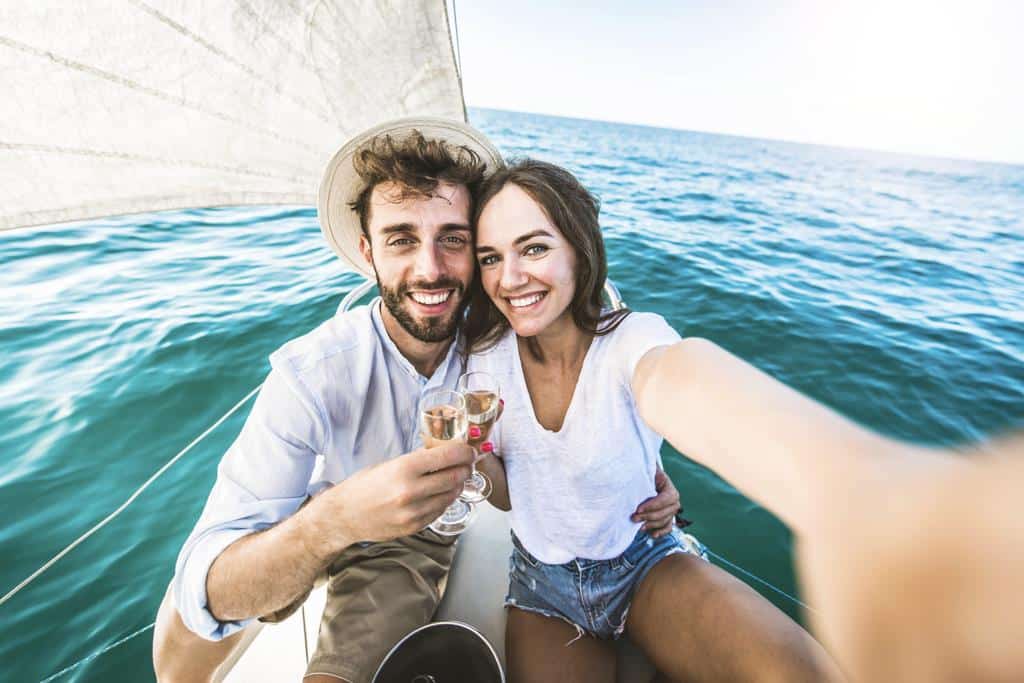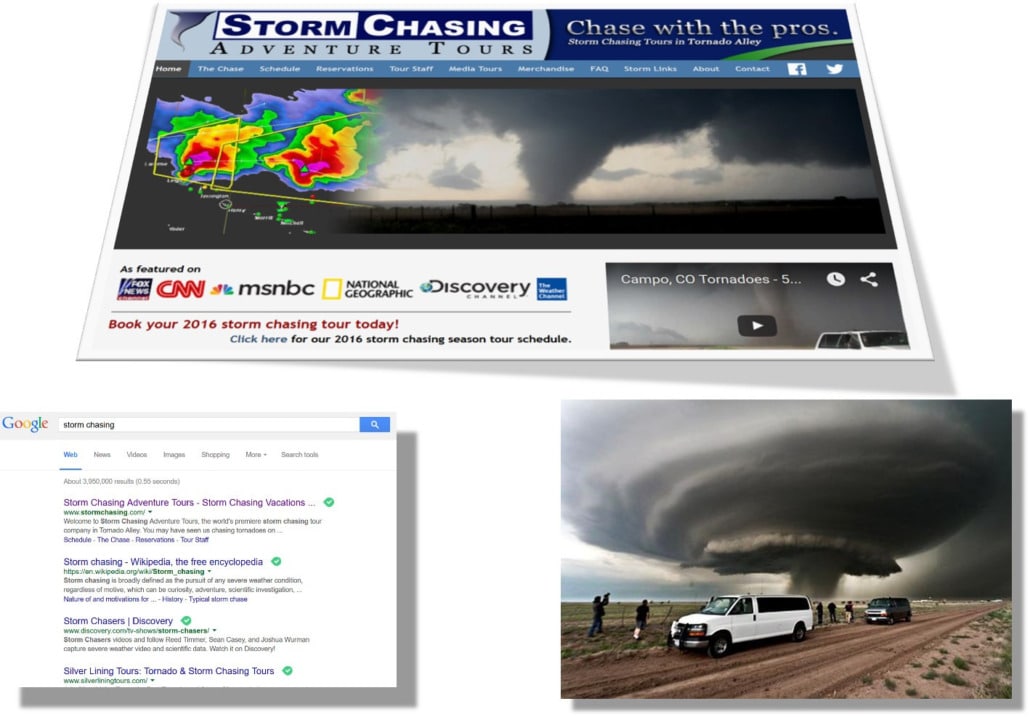“A tourist experience is what you remember”

Using Porter’s classic strategic model, several factors have changed in the digital age, which are essential to understand in order to define an appropriate marketing and communication strategy (Fig. 1).

Fig. 1 – Classic Porter’s Model (Author’s elaboration)
Indeed, with the advent of the Internet, low-cost flights, and the era of personalized tourist experiences, the following have changed:
• Industry Competition (rivalry): always very high and fragmented, making price increases risky and limiting creative innovation opportunities (which involve significant costs and time) while the barriers to entry are reduced by the internet.
• Newcomers: new countries like the BRICS (Brazil, Russia, India, China, South Africa), new technological platforms (Booking, Expedia, Trivago, Tripadvisor, Airbnb, Skyscanner, etc.), and low-cost flights that have quickly shifted traffic due to low prices.
• Substitute Products: new niche thematic experiences (e.g., pursuing passions like cosplay, film tourism, or Storm Chasing/Tornado Hunting), changes in vacation duration and periods (from the classic multi-week summer vacations of the ’70s-’80s to short breaks and multiple vacations in more modern times), and technologies that allow exploration and virtual visits from home (e.g., Youtube videos, Google Arts & Culture, Virtual Tours, Virtual Reality, Metaverse, etc.)
• Suppliers: labor market and creative and technological providers, who require increasingly updated and excellent qualifications, as well as the availability of local products, food and wine, and crafts, etc., which make the difference between an excellent and a mediocre offer.
• But above all, the Customers: who have the power of information and reviews from other tourists and an almost unlimited choice online (of destinations, accommodations, flights, packages, etc.), who want to live meaningful experiences and have shifted from passive consumers to active decision-makers for their vacations, thus overturning the balance of power that existed with operators and destinations.
For example, today tourists seek, among other experiences, Storm Chasing/Tornado Hunting, where tourists, accompanied by trained professionals, get close to or even inside storms and tornadoes. This is an extreme example, but it serves to illustrate how the world of tourism has changed with the advent of the Internet. Google alone records 25,000,000 results for the term “Storm Chasing.” (Fig. 2).

Fig. 2 – Some Storm Chasing and Tornado Hunting offers found online. Google indicates 25 million results in the Storm Chasing search (Author’s elaboration)
The Canadian Tourism Commission (CTC) [CTC, 2011] says that “a tourism product is what you buy, a tourist experience is what you remember”, or in other words, a tourism experience actively connects and relates tourists with the local area (and preferably with locals) and lets them live authentic and deeply engaging experiences based on their passions. More and more tourists are transitioning from observers/visitors of attractions and territories to seekers of specific experiences tailored to their personalities, interests, needs, and passions.
Of course, no sector is static, including tourism, and it is necessary to continue observing changes and future trends to stay up-to-date and understand the future of tourism and how to adapt one’s business and offerings accordingly.
Communication is also affected by these changes in which the tourist is at the center and wants relevant, targeted, pertinent, personalized messages without wasting time on unnecessary interruptions. The shift is from paper to cloud, desktop to mobile, “leave a message” to “always on,” and most importantly, from sending messages to potential tourists to searching online for what tourists actually want.
Bibliography
- [CTC, 2011] Canadian Tourism Commission (CTC) “Experiences. A toolkit for partners of the CTC” Self-Published, 2nd edition, 2011
- [Porter, M. E., 1979] Porter, M. E., ‘How competitive forces shape strategy’, Harvard Business Review, Harvard Business School Publishing, March/April 1979
- [Rossi A., 2022] Rossi Andrea, “Comunicazione Digltale per il Turismo”, Rossi A., 2022, ISBN 9791221004175
Photo and Picture Credits: Andrea Rossi (Author); engy91
#touristexperience #digitaltourism #marketingstrategy #communicationstrategy #customization #nicheexperiences #StormChasing #TornadoHunting #localproducts #virtualtourism #travelmemories #BRICS #lowcostflights #Portersmodel #customerpower
Picture Credit: engy91

Leave a Reply
Want to join the discussion?Feel free to contribute!